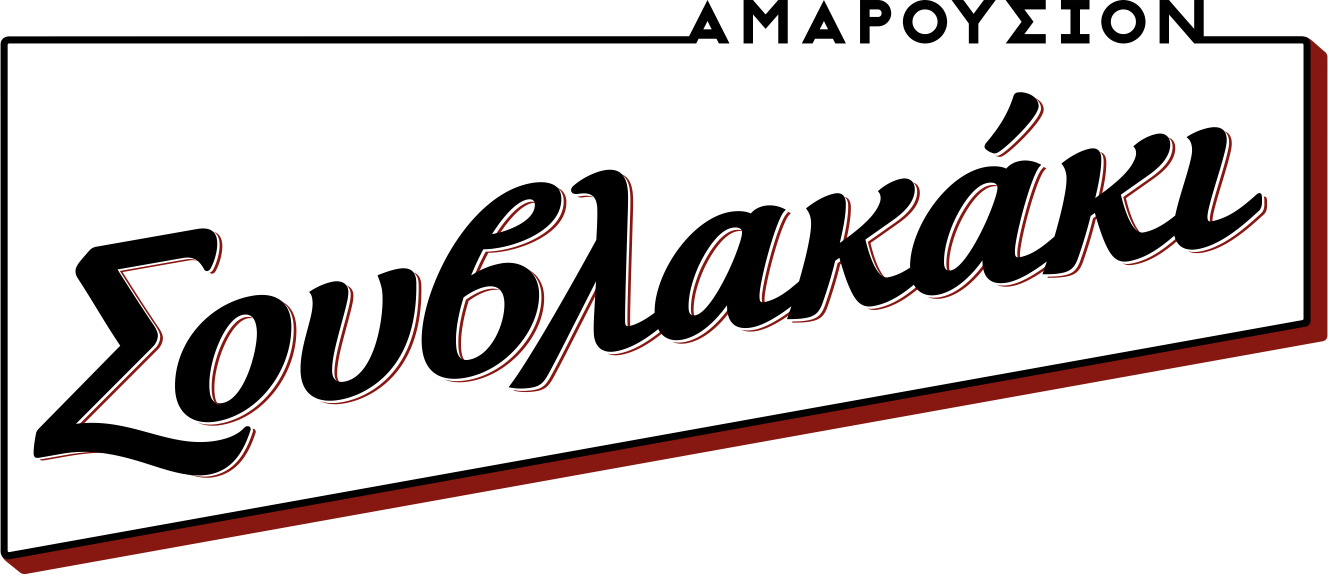

Your company probably handles sensitive information that needs be secured from unauthorised users. If access is not controlled, it could lead to a catastrophic destruction of these precious assets. The fundamental concept behind access control is to act as a shrewd gatekeeper, defining the rules by which people can handle sensitive material. However, as organizations grow and change, the previous methods of handling data may not be appropriate or permissible. This often results in sensitive data being made available to unauthorised users, whether from within the organization or outside.
Inadequate controls can lead to a loss of data from the first party, which includes employee and customer information. A breach of this type could expose your organization’s information to costly penalties from regulatory authorities, fines, or lawsuits. It could also affect your clients’ and customers trust.
Controlling access is an technological and organizational process. To ensure that you have control over access to confidential information, a balance between policies, processes, and technologies is required. These are crucial to ensure your organization adheres to standards and regulations in the industry as well as maintains its agility and also maintains the trust of its clients and customers.
For instance, you should, ensure that your physical security procedures are effective. This requires employees to keep documents, thumb drives and backups of personal information in locked cabinets, and to inform security personnel about any visitors to your premises. It is also essential to create an “need-to-know” for access to all. This requires employees to use passwords, two-factor authentication and https://technologyform.com/boardroom-technologies-how-we-change-with-the-times/ to check their privilege lists frequently.